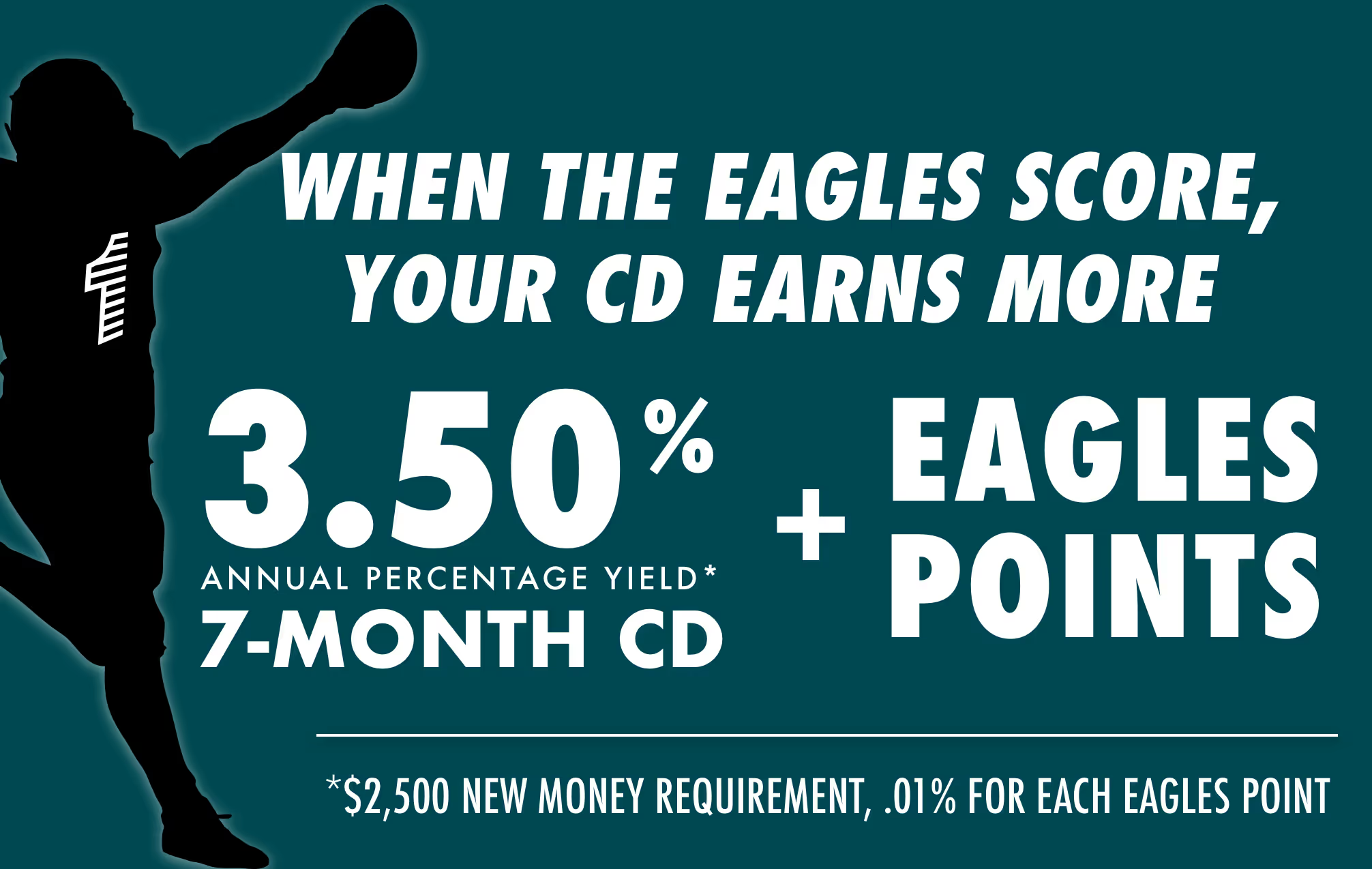The Coronavirus Aid, Relief and Economic Security (or CARES) Act that was signed into law in March contains numerous provisions intended to help mitigate the economic damage caused by the coronavirus pandemic on families and businesses.
One of the key business-related provisions of the Act is a new loan program designed to provide a direct incentive for businesses to keep their employees on the payroll during the crisis. The Paycheck Protection Program (PPP) initially made $349 billion in loans available to small businesses that qualify. Another $320 billion was allocated to the program in late April after the original funds were exhausted.
One of the most attractive features of PPP loans is that the loan will be forgiven if your business meets certain conditions. Yes, you read that right: your business may not have to repay your PPP loan.
In short, PPP loans will be converted to grants and forgiven if your business retains all employees for a period of eight weeks after receiving funds and maintains their salary levels during this time. In addition, loan proceeds must be used to meet payroll expenses or pay business rent, utilities or the interest on a commercial mortgage. A minimum percentage of the loan proceeds must be used on payroll expenses.
Digging into the Details
Here’s a more detailed explanation to help you better understand the rules and obtain loan forgiveness.
The eight-week period begins on the day you receive loan proceeds. At least 75% of the loan amount must be used to cover payroll costs, but the definition of these is fairly broad — it includes not only salaries and wages, but also employee benefits (e.g., group health insurance and retirement plan costs) and the employer portion of state and local payroll taxes. Rent, mortgage interest and utility payments must have all been in place on February 15, 2020 to qualify.
FTE and Compensation Criteria
There are additional criteria you must meet for your PPP loan to be fully forgiven. First, you must have at least as many full-time equivalent (FTE) employees during the covered period as you did during a test period. The test period is between February 15, 2019 and June 30, 2019, or if yours is a new business, between January 1, 2020 and February 29, 2020. The test is based on your monthly average of FTEs during these periods.
Second, you must determine if each employee’s wages during the covered period have fallen by more than 25% compared to the first quarter of 2020. (An employee’s wages in excess of $100,000 are not included in this calculation.) If they haven’t and you meet the FTE test, you’re eligible to receive full forgiveness of your PPP loan.
Note that if you laid off any employees or reduced salary levels between February 15, 2020, and April 26, 2020, you have until June 30, 2020 to restore your FTE and salary levels in order to receive full loan forgiveness.
To receive forgiveness, you will submit a request and relevant documentation to your lender. The documentation should verify your FTE counts and pay rates, as well as your rent, mortgage interest and utility payments during the eight-week period.
To note, the U.S. Small Business Administration and Treasury Department have not issued final guidelines as of May 5, 2020, so some of this information may change at any time without notice. Your lender should be providing you with more guidance as soon as they get final details from the federal government.








































